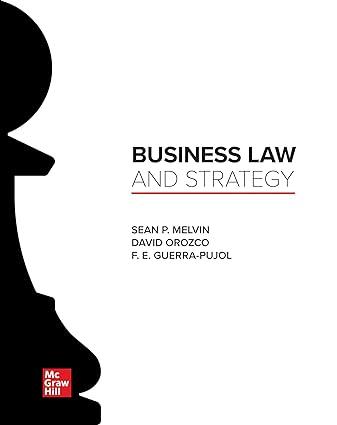Three years after the Supreme Courts landmark desegregation decision in Brown I, nine African-American studentsMinnijean Brown, Elizabeth
Question:
Three years after the Supreme Court’s landmark desegregation decision in Brown I, nine African-American students—Minnijean Brown, Elizabeth Eckford, Ernest Green, Thelma Mothershed, Melba Pattillo, Gloria Ray, Terrence Roberts, Jefferson Thomas, and Carlotta Walls—attempted to integrate Central High School in Little Rock, Arkansas. On September 4, 1957, the first day of school at Central High, an all-white mob gathered in front of the school, and Governor Orval Faubus deployed the Arkansas National Guard to restore order and prevent the black students from entering. In response to Faubus’s action, a team of NAACP lawyers, led by Thurgood Marshall, petitioned a federal district court to issue an injunction preventing the governor from blocking the students’ entry. When the nine students tried to enter the school a second time, a full-scale riot broke out and the nine students were again denied entry. Finally, after the mayor of Little Rock asked the federal government for help, President Dwight D. Eisenhower issued Executive Order 10730, placing the Arkansas National Guard under federal control and sending a thousand paratroopers from the 101st Airborne Division of the U.S. Army to help them restore order in Little Rock and allow the Little Rock Nine to attend Central High.
CASE QUESTIONS 1. Was President Eisenhower constitutionally required to send federal troops into Little Rock? Could a court have ordered him to do so?
2. If President Eisenhower had not sent federal troops into Little Rock, how would the federal courts have enforced the Supreme Court’s desegregation decision?
Step by Step Answer:

Business Law And Strategy
ISBN: 9780077614683
1st Edition
Authors: Sean Melvin, David Orozco, F E Guerra Pujol





